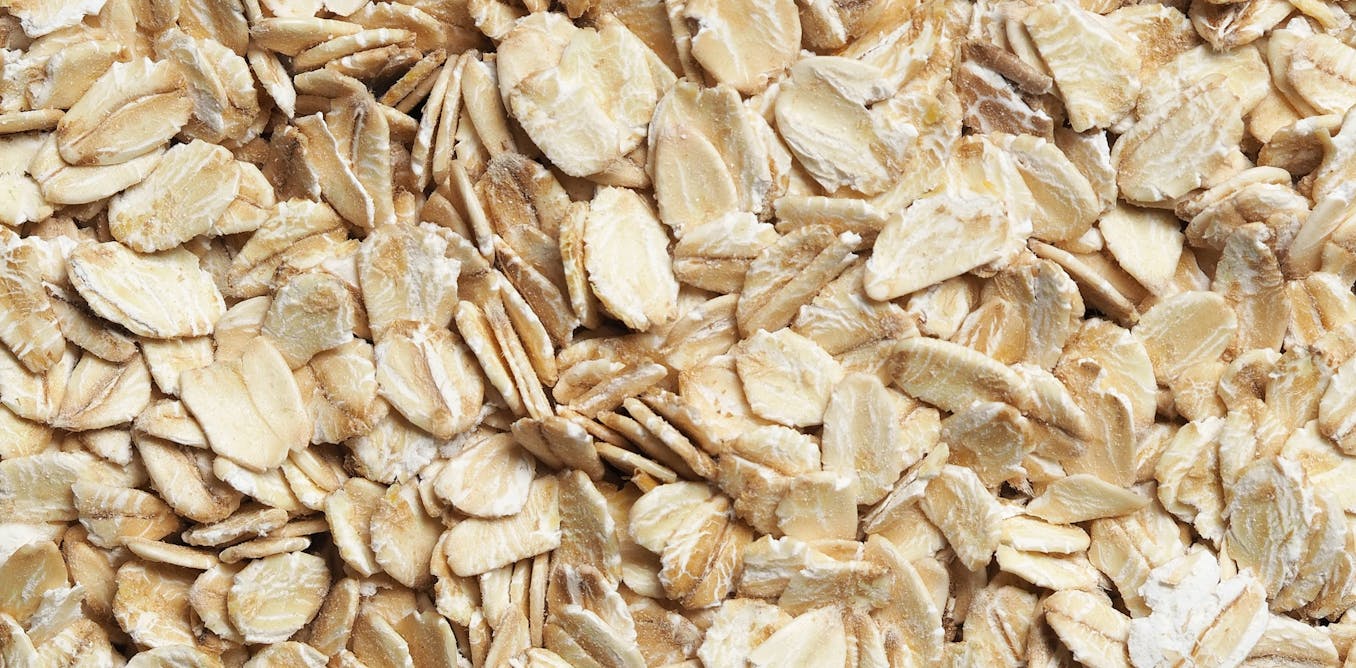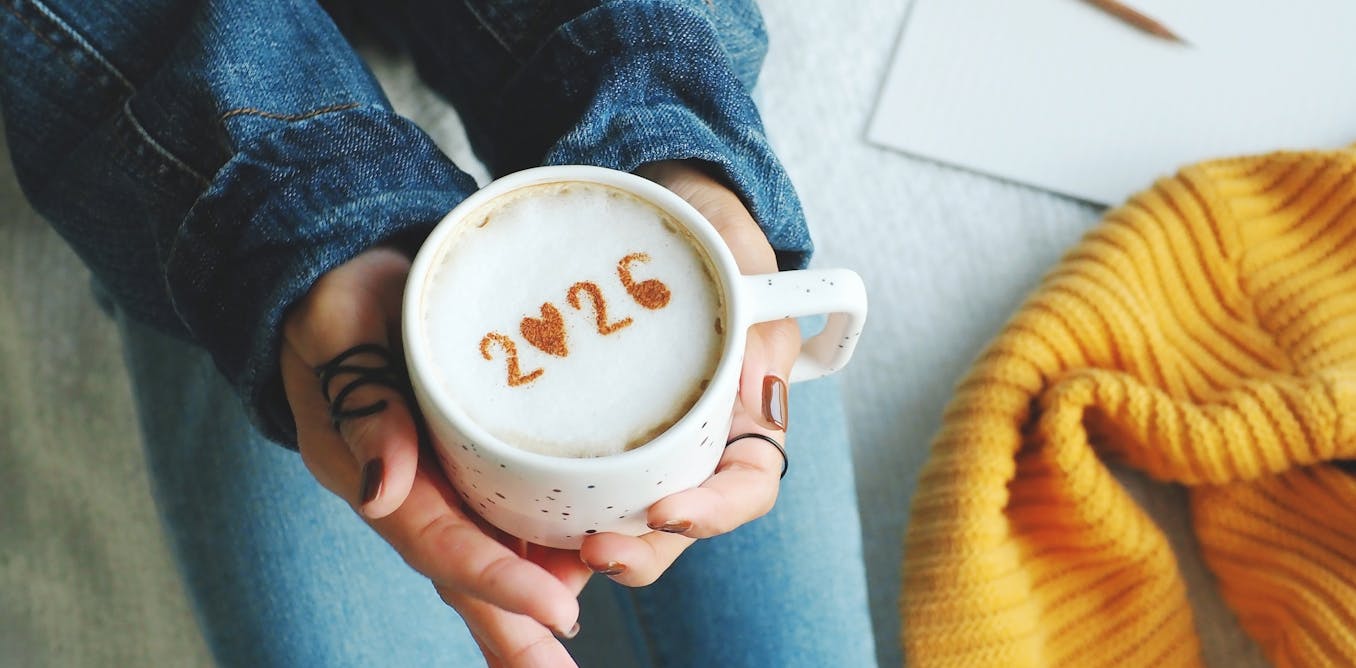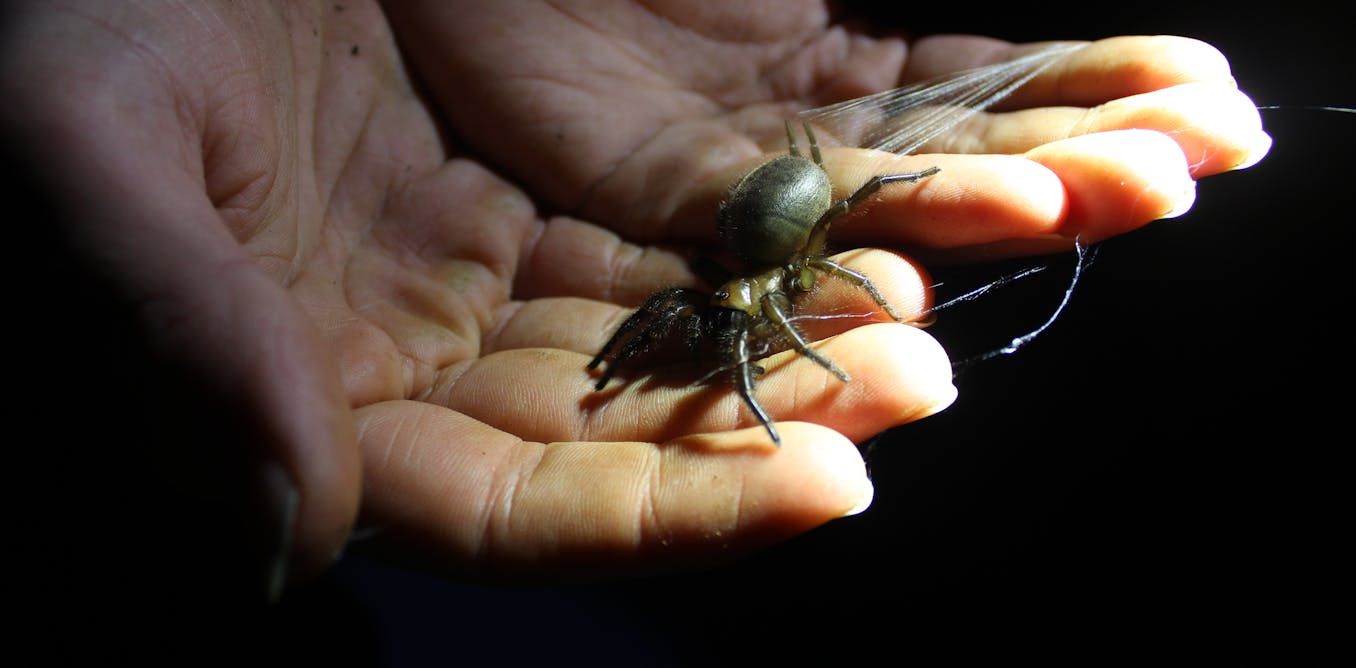Chappell Roan is on a steep rise to fame.
You may have encountered her current hit Good Luck, Babe! on the radio, at cafés or out in bars and clubs. If not, the song is a must-add to your favourite playlist.
Good Luck, Babe! is an upbeat, contemporary pop track with clear influences of 1980s pop-synth. Roan’s vocals soar across the track and offer a nostalgic recall of Kate Bush’s ethereal power and pitch.
Roan is gifted with an impressive vocal range and her lyrics paint a vivid array of images, people and places. Her 2023 album, The Rise and Fall of a Midwest Princess, is described by Pitchfork as “a bold and uproarious pop project stitched with stories about discovering love, sex, and oneself in a new place”.
Roan moved from small city Willard, Missouri, to Los Angeles upon signing with a record label in 2018. Living in California, she started to come to terms with her queerness.
Somewhere in the process of exploring queer identity and community, while dwelling in queer performance spaces (likely bars and clubs), Roan has emerged as a drag artist. In interviews, she speaks of the influences of drag on her visual and musical aesthetic, alongside fashion, theatre and other cultural forms.
But can a cis woman be a drag queen?
Traditions of cross-dressing in drag
A mainstream understanding of drag is informed by traditional acts of cross-dressing from one’s assigned birth gender: those born male become drag queens; those born female become drag kings.
In such a formula, the act functions by the audience having a clear, pre-existing awareness that the performer’s out-of-drag gender identity does not align with their onstage performance. Transgression, irony and humour ensues.
Often in drag acts, gender stereotypes are exaggerated to breaking point. Camp aesthetics can influence a subversion of beauty and aesthetic appeal in favour of embracing the trashy, ugly or gritty.
Drag might also function in the reverse: performers appear so attractive as to disturb a fixed sense of sexuality and desire among audiences. If you haven’t yet felt sexually confused at a drag show, I encourage you to see more and diverse examples.
Drag seeks to break down stereotypes of gender, sexuality and desire by holding space for multiple identities – real, performed, imagined – to simultaneously clash and coexist.
It’s a fabulously messy affair. It also does not necessarily rely on an act of cross-dressing from one’s assigned birth gender, or from any gender with which we identify.
Roan is a useful example of this point. Her drag leans into hyper femininity, at times toying with beauty ideals and elements of “ugliness” and trash. She performs with beautifully painted, soft facial and physical features and couples the visuals with hyper feminine movement. But you’ll notice a cigarette butt caught in her hair, or she’s wearing a massive nose prosthetic, or all parts of her visible skin are painted a deathly grey.
While Roan’s drag celebrates and plays up femininity and feminine beauty, she firmly holds a middle finger up at those same societal ideals and expectations.
Queer utopias and performance
With Pink Pony Club, Roan traces for us a process of coming out.
She sings:
I know you wanted me to stay
But I can’t ignore the crazy visions of me in LA
And I heard that there’s a special place
Where boys and girls can all be queens every single day.
The music video is set in what feels like a Midwest dive bar with Roan taking the stage to perform her song.
There are flashes of a queerly utopic alternative to the oppressively drab dive bar setting: leather daddies fill the dance floor, glitter falls from the ceiling, and drag queens Pork Chop and Meatball – icons of American drag – take the stage with Roan.
But it all ultimately falls away by the end of the song. The inspiration for the performer, while stirring, is only fleeting.
Queer performance scholars have written widely on the utopic potentiality of performance: the concept of alternative, “better” worlds emerging and converging on the horizon of performance. These offer a breathing space, however fleeting, away from the stultifying and oppressive real world that awaits performers and audiences outside of venues.
Conjuring and enacting such utopias is a survival strategy for queer people and other marginalised individuals, especially those craving the relief of alternative worlds and improved possible futures that deny the homophobic and transphobic everyday realities that surround us.
It is the same kind of momentary escape Roan explores in Pink Pony Club.
Expanding the world of drag
Roan is also known to enact spiritual beings such as fairies and sprites.
Here is yet another potential of drag: the embodiment of non-gendered spiritual and ethereal beings, aliens, monsters and creatures, which move beyond obsessions of the gendered body.
The power of drag in freeing individuals to temporarily inhabit alternative and exaggerated genders and sexualities – even species – challenges rigid societal beliefs and expectations. Drag offers an opening, “where boys and girls can all be queens every single day”.
Drag can be a performance of the opposite gender, but it can also hold space for diverse performances of gender to be explored. Where all those living within, in-between and beyond the gender binary can engage in playful and powerful imaginative acts that offer a momentary escape into the utopic and euphoric.

The post “Can a woman be a drag queen? Chappell Roan shows anyone of any gender can perform in drag” by Jonathan Graffam, PhD Candidate in Theatre, Monash University was published on 07/09/2024 by theconversation.com




































